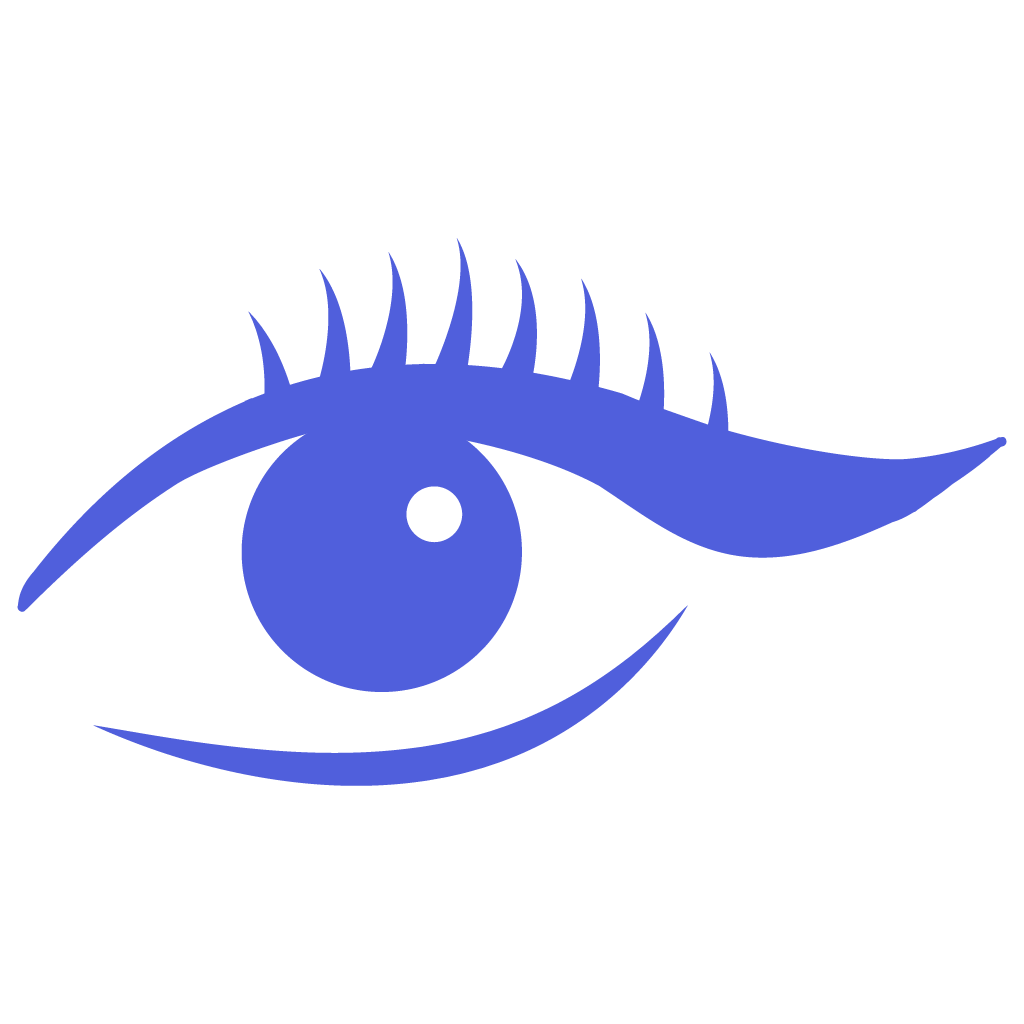Research Methods
-
Contextual Inquiry
Observing people in their natural environment, I use this when redesigning an existing system or when I’m trying to understand a specific challenge or problem.
-
Business Model Canvas
Helps frame key aspects of business or service and is a fluid process that can be redone as the project changes as it moves towards implementation.
-
User flows
Entry point, exit point and steps tasks and sub tasks. How the user flows through a specific app, site, task scenario. Represents choices user can take from A - B.
-
User Interviews
Qualitative one on one conversations between researcher and user. Asking open ended questions about behaviours and getting users to summarise their thoughts and focus on most important points.
-
How Might We's
Great method for brainstorming, ideation and reframing the problem. Start with problem statement and rephrase them as questions by adding ‘How might we’ at the beginning
-
User Journeys
Highlight the emotions and attitudes to users experience through a flow. Shows movement through a system or service, may not reference the interface. Used for a multi channel strategy, looking for opportunity and innovation amd trying to optimist for the ideal user journey
-
Problem Statements and Hypothesis
P/S(Persona Name) needs a way to (User’s Need), because (insight) - H We believe that (doing this), for (these people), will achieve (this outcome). We will know this to be true when we see (this feedback/quantitative measure/qualitative insight)
-
Persona Creations
Sketch bio and demographics, Behaviours and habits, stories scenarios and frustrations, Needs problems and goals.
-
Affinity mapping
Data can be overwhelming. A good way to gain insights from what you have collected is to affinity map it.
-
5 whys
Can be used to define indirect competitors or to define the real problem and not our assumption of what the problem is and get to the human and emotional roots of the problem.
-
Storyboarding
Derived from scenarios or user cases - take the persona and clearly show how we fix the problem and show what the user experience is beyond the interface
-
MoSCoW Method
Must have, should have, could have and would have but wont get.
Workshops
-
Card Sorting
Card Sorting is a quick and easy way to spark conversation about what matters most to the people you’re designing for. Put a deck of cards, each with a word or single image, in someone’s hands and then asking them to rank them in order of preference or group into categories, you’ll gain huge insight into what really counts.
-
Collaborative Design Studio
Define problem > Diverge to design > critique each other and dot vote > Iterate/refine again > Converge to one design.
-
Good Idea Bad Idea
This exercise helps remove creative block. Choose a problem to solve illustrate 6-8 of the worst ideas for solving the problem - then illustrate 6-8 ideas to solve the problem looking to the bad ideas as inspiration. Then expand one idea into a storyboard.
UI/Prototyping
-
Paper Prototyping
Use paper, a sharpie, cardboard, scissors and post it notes to create a quick prototype to test with users.
-
Moodboards
These help set a vision and start my visual research to kick off a project.
-
Wireframing and Mockups
I use anything from a pencil and paper to a wireframing kit in Figma to flesh out initial designs.
-
Interactive Prototype
These clickable prototypes are a great way to test UI designs with customers before moving onto development an a great way to explore affordances, micro interactions, empty states, loading states, error states and complete/success states.
